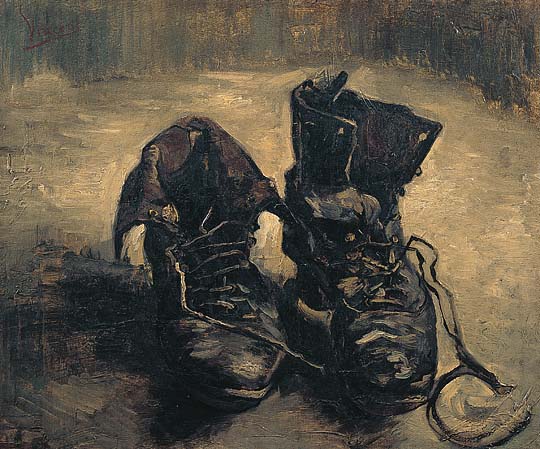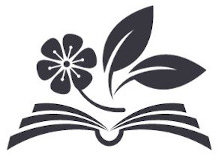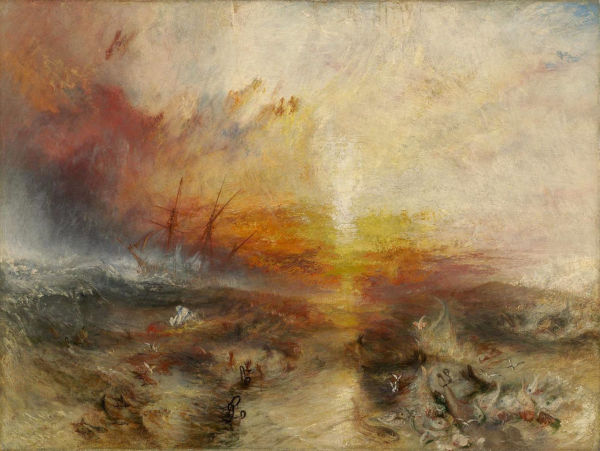In part 2 of this 3 part blog post series, I showed how Martin Heidegger considers things as essential markers of our existential relationship with the world. His way of demonstrating this philosophy is quite unique. I kind of imagine it as a kind of thought-drilling process, spiraling deeper and deeper into the core of the question. At first, I thought his writing was nonsensical, but once you get the pattern, you’ll understand that he is showing us through a hermeneutic process that writing, thinking, and unconcealing are part of the same existential human process. Therefore, his essay, “The Origin of the Work of Art” is not really about art per se, but rather, an exquisite example of the hermeneutic circle in action to understand the meaning of art.
An older version of this post was originally published on an old blog from 2017.
The hermeneutic circle
In “The Origin of the Work of Art” Heidegger asks himself and the reader what is the meaning of art. But Heidegger was not an art critic. He was a philosopher. To make sense of the real purpose of his essay, the reader needs to enter the essay with another inquiry: that is, what is truth?
Heidegger’s inquisition is epistemological and existential: How do we find answers from our questions? How do our questions and answers bring us more clarity about our relationship with the world? Through the use of the hermeneutic circle, Heidegger shows us that before seeking answers to solve a riddle, we need to see the riddle for what it is and then ask the right questions.

As necessarily as the artist is the origin of the work in a different way than the work is the origin of the artist, so it is equally certain that, in a still different way, art is the origin of both artist and work. But can art be an origin at all? Where and how does art occur? Art – this is nothing more than a word to which nothing real any longer corresponds. (pg. 17)
What is art? Not just the piece of artwork but what is the essence of art?
What art is should be inferable from the work. What the work of is we can come to know only from the nature of art. Anyone can easily see that we are moving in a circle. Ordinary understanding demands that this circle be avoided because it violates logic…we are compelled to follow the circle…to enter upon this path is the strength of thought, to continue on it is the feast of thought, assuming that thinking is a craft. (pg. 18)
Art is entangled with work. But we only know what this work entails by looking at the artwork.
This question is like asking, what came first, the chicken or the egg? Can we ever get to the answer? Conventional logic wants straightforward answers so that the circle is avoided. But how about asking, what is a chicken or what is an egg? How can we get to the answer without the work of asking the questions and thinking about the truth behind our questions?
All works have this thingly character…There is something stony in a work of architecture, wooden in a carving, colored in a painting, spoken in a linguistic work, sonorous in a musical composition. The thingly element is so irremovably present in the art work that we are compelled rather to say conversely that the architectural work is in stone, the carving is in wood, the painting in color, the linguistic work in speech, the musical composition in sound…But what is this self-evidently thingly element in the work of art? (pg. 19)
So let’s start from a thing’s essence. If there is a “thingly-ness” to created work, what is the “thingy-ness” of art?
Obviously a thing is not merely an aggregate of traits, nor an accumulation of properties by which that aggregate arises. A thing, as everyone thinks he knows, is that around which the properties have assembled. We speak in this connection of a core of things. (pg. 22)
A thing is more than its traits or its properties. A thing is a connection or an assemblage of other things or entities.
That which gives things their constancy and pith but is also at the same time the source of their particular mode of sensuous pressure – colored, resonant, hard, massive – is the matter in things. In this analysis of the thing as matter (hule), form (morphe) is already coposited. (pg. 26)
First, things appeal to the senses. They have form.
The work, therefore, is not the reproduction of some particular entity that happens to be present at any given time; it is, on the contrary, the reproduction of the things’ general essence. But then where and how is this general essence, so that art works are able to agree with it? (pg. 36)
Second, things are created through the process of work. Or you could say, work is the reproduction of a thing’s essence. So how does the work in art reproduce the essence of art?
What truth is happening in the work? Can truth happen at all and thus be historical? Yet truth, people say, is something timeless and supertemporal. (pg. 37)
Some sort of truth is put into the work process of creating art. But before finding what this truth is we need to know what is truth.
What matters is a first opening of our vision to the fact that what is workly in the work, equipmental in equipment, and thingly in the thing comes closer to us only when we think the Being of beings. (pg. 38)
All essences relate to the truth of existence. For example, we can only understand the essence of work (i.e., “workly-ness”), the essence of equipment (i.e., “equipmental-ness”), or the essence to a thing (i.e., “thingly-ness”), when we consider the essence of being (i.e., Being or Dasein).
The art work opens up in its own way the Being of beings. This opening up, i.e., this deconcealing, i.e., the truth of beings, happens in the work. In the art work, the truth of what is has set itself to work. Art is truth setting itself to work. (pg. 38)
Therefore, art is setting up the truth of Being ( i.e. the essence of being or existence) to be expressed through the artist’s work.
In the midst of beings as a whole an open place occurs. There is a clearing, a lighting. Thought of in reference to what is, to beings, this clearing is in a greater degree than are beings. This open enter is therefore surrounded by what is; rather, the lighting centre itself encircles all that is, like the Nothing which we scarcely know. (pg. 51)
Truth is a deconcealing. Truth is finding ourselves in a clearing.
Truth, as the clearing and concealing of what is, happens in being composed, as a poet composes a poem. All art, as the letting happen of the advent of the truth of what is, is, as such, essentially poetry. The nature of art, on which both the art work and the artist depend, is the setting-itself-into-work of truth. (pg. 70)
Therefore, art is the deconcealing of truth. Through work, art unconceals the essential truth of Being (i.e., being in the world). This essence can also be called poetry.
The foregoing reflections are concerned with the riddle of art, the riddle that art itself is. They are far from claiming to solve the riddle. The task is to see the riddle. (pg. 77)
So the question is not about art but what art is.
Perhaps solving problems isn’t about getting answers.
Perhaps, what we need is to see the truth of the problem by asking the right questions.
References:
Heidegger, Martin. 1971. Poetry, Language, Thought. Trans. by Albert Hofstadter. New York: Harper Perennial.






